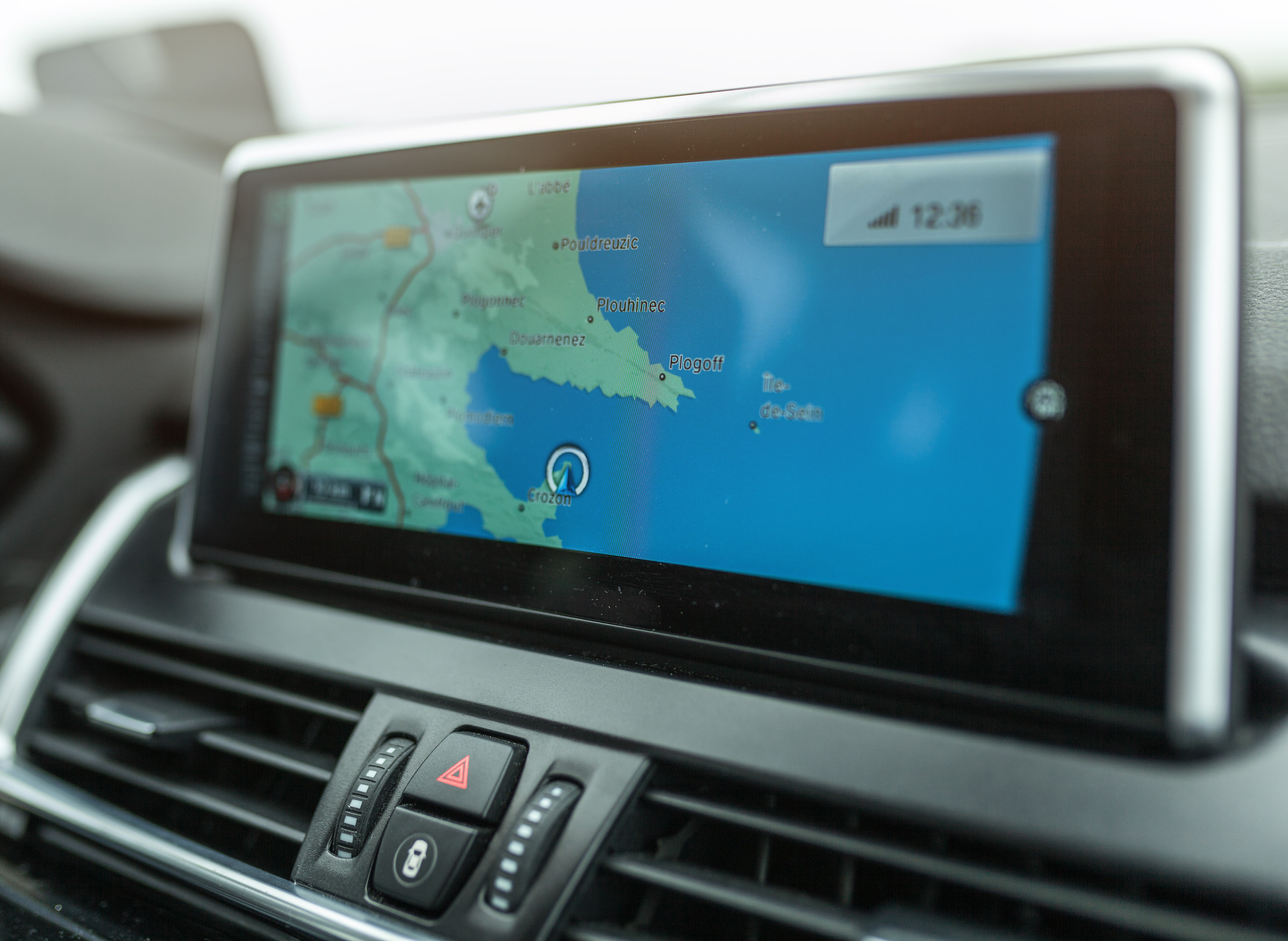Modern vehicles are packed with convenience features that make driving easier, smarter, and more comfortable. But while technology has made cars more efficient and connected, it’s also opened up new opportunities for criminals. Thieves today don’t always need to smash a window or hotwire a vehicle; in many cases, they exploit the very features meant to make life better.
With just a little knowledge and the right tools, bad actors can use these systems against the car owner. Understanding these vulnerabilities is the first step in protecting your vehicle from theft and intrusion.
1. Keyless Entry Systems
Keyless entry may seem like a luxury, but it’s one of the most commonly exploited systems in modern vehicles. Thieves use relay attacks to intercept the signal between your key fob and the car, tricking it into unlocking and even starting the engine. These attacks can happen silently and within seconds, often while the key fob is sitting safely inside your house. Because the system relies on proximity rather than a physical key, it’s easier to manipulate than many realize. Without shielding or turning off the signal, owners unknowingly make their vehicles easy targets.
2. Push-to-Start Ignitions
The convenience of starting a car without inserting a key comes with a hidden cost in security. Push-to-start systems can be tricked using cloned signals or jamming techniques that delay the locking command. If the signal from a key fob is duplicated, a thief can start the car and drive away without any alarms being triggered. These systems often lack a secondary authentication layer, making them more vulnerable than traditional ignitions. Manufacturers have prioritized ease of use, but in doing so, they’ve made vehicles more accessible to tech-savvy criminals.
3. Bluetooth Connectivity
Bluetooth allows drivers to connect phones hands-free, but it can also serve as a digital doorway into your car’s internal systems. If left discoverable, a vehicle’s Bluetooth system can be scanned and targeted by hackers looking for vulnerabilities. Once inside, they can gain access to call logs, navigation history, and even stored contacts. Some attackers use this information to plan break-ins at your home while you’re away. A feature meant for convenience can become a liability if proper cybersecurity practices aren’t followed.
4. Onboard Wi-Fi
Built-in Wi-Fi turns cars into mobile hotspots, but it also introduces risks that many drivers overlook. If the network isn’t secured properly, hackers can infiltrate the system remotely and access sensitive data. In some cases, they can even manipulate vehicle functions or track your movements. Publicly visible SSIDs and weak passwords make onboard Wi-Fi an easy target for cybercriminals. The more connected a vehicle becomes, the more it requires the same level of digital security as a home network.
5. GPS and Navigation Systems
GPS units offer real-time directions, traffic updates, and location tracking—but they can also be used by criminals to monitor your routines. If a thief gains access to your navigation history, they can learn when you’re away from home or frequently visit certain locations. Some can even spoof GPS signals, tricking the car into thinking it’s somewhere else entirely. This type of manipulation has been used in high-tech vehicle heists and carjackings. What’s meant to guide you safely can also guide criminals right to your doorstep.
6. Automatic Trunk Release
Remote trunk access is a helpful feature, especially when your hands are full—but it’s also one of the easiest points of unauthorized entry. Some cars allow trunk release when the vehicle is unlocked, and thieves can exploit this if they’ve already accessed the cabin. In other cases, electronic trunk systems can be triggered through relay or override methods. This gives intruders direct access to valuables or tools stored in the back. Without physical locking mechanisms, the trunk becomes a soft spot in the car’s defenses.
7. Smartphone Integration Systems
Systems like Apple CarPlay and Android Auto provide seamless connectivity between your phone and your car’s infotainment system. However, they can also create security holes if your phone is lost, stolen, or compromised. Saved passwords, recent destinations, and app data can be extracted by someone who gains control of the interface. Additionally, updates and apps downloaded without scrutiny can introduce malware. What begins as a feature for convenience can end in a data breach with serious consequences.
8. Remote Start and Control Apps
Apps that let you remotely start, locate, or unlock your car from your phone are popular—but they also pose significant security risks. If someone gains access to your phone or login credentials, they can potentially control your vehicle remotely. Some apps lack two-factor authentication, making them easier to compromise than expected. Hackers have been known to use phishing schemes or data breaches to gather this kind of information. These apps blur the line between digital and physical access, which is exactly what thieves exploit.
9. Power Door Locks
While central locking systems are meant to enhance safety, they can be manipulated through signal jamming or timed interference. Thieves sometimes use jammers to block the signal from your key fob, making you think the car is locked when it’s not. Once you walk away, they simply open the doors and help themselves. Some power locks are also connected to outdated or unpatched software that can be exploited remotely. Without visible confirmation or double-checking, this simple system becomes a common point of entry.
10. In-Car Diagnostic Ports (OBD-II)
Every car manufactured since the mid-1990s has an OBD-II port, used by mechanics to diagnose problems—but also increasingly used by thieves to program new keys. By plugging into this port, criminals can bypass the vehicle’s security and gain full access to start the engine. Specialized devices can clone keys within minutes without triggering alarms. These attacks usually happen in parking lots or driveways, often going unnoticed. A port meant for maintenance can become a tool for fast, professional-level theft.
Stay Alert, Stay Protected
Technology has transformed vehicles into sophisticated machines, but with every new feature comes a potential vulnerability. Thieves are no longer just breaking windows or picking locks—they’re exploiting smart systems and digital gaps. Car owners must recognize that convenience should never come at the cost of security. Simple actions like disabling discoverable Bluetooth, using signal-blocking pouches, and enabling app security features can make a huge difference. What are your thoughts on this?
Have you experienced or heard about car features being exploited? Share your comments below.
Read More
5 Things That Should Never Be Left Visible in Your Car
7 Ways Car Thieves Are Breaking Into Vehicles Without a Sound


